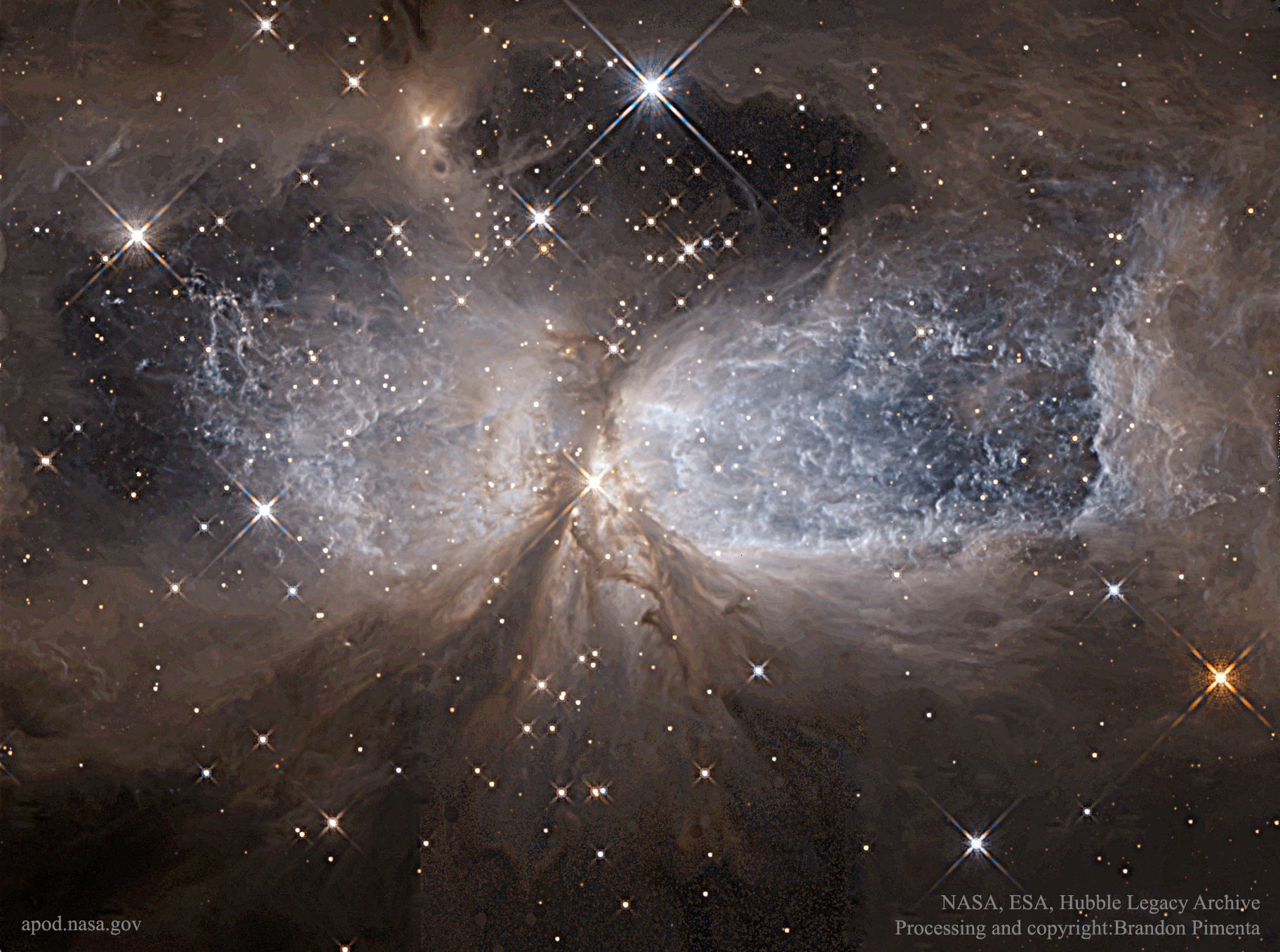

Text_maxlen=(50, 50), # cut off characters Json_path=(TITLE_LOCATION, DATE_LOCATION), # the current working directory (where this file is) # There's a few different places we look for data in the photo of the day # Set up where we'll be fetching data from
#Nasa picture of the day today code
That's the thing that has to happen in order to protect the Earth," he said.Copy Code # SPDX-FileCopyrightText: 2019 Limor Fried for Adafruit Industries Energy Department, promises to revolutionize the field of asteroid discovery, Lu said.įinding and tracking asteroids, "That's still the name of the game here. The Vera Rubin Observatory, nearing completion in Chile by the National Science Foundation and U.S. And fewer than one per cent of the millions of smaller asteroids, capable of widespread injuries, are known. Significantly fewer than half of the estimated 25,000 near-Earth objects in the deadly 140-metre range have been discovered, according to NASA. Monday's feat aside, the world must do a better job of identifying the countless space rocks lurking out there, warned the foundation's executive director, Ed Lu, a former astronaut. The non-profit B612 Foundation, dedicated to protecting Earth from asteroid strikes, has been pushing for impact tests like DART since its founding by astronauts and physicists 20 years ago. (ASI/NASA/The Associated Press) Countless space rocks In this image made from a NASA livestream, DART crashes into the asteroid. WATCH | NASA panel speaks after successful mission: The spacecraft packed a scant 570 kilograms, compared with the asteroid's five billion kilograms. But that should be plenty to shrink its 11-hour, 55-minute orbit around Didymos. Scientists insisted DART would not shatter Dimorphos. Johns Hopkins scientist Carolyn Ernst said the spacecraft was definitely "kaput," with remnants possibly in the fresh crater or cascading into space with the asteroid's ejected material. But in this case, it was the ideal outcome," said NASA program scientist Tom Statler. "Normally, losing signal from a spacecraft is a very bad thing. There was little sorrow over the spacecraft's demise. Their mission complete, the DART team went straight into celebration mode. The last image froze on the screen as the radio transmission ended.įlight controllers cheered, hugged one another and exchanged high fives. With an image beaming back to Earth every second, Adams and other ground controllers in Laurel, Md., watched with growing excitement as Dimorphos loomed larger and larger in the field of view alongside its bigger companion. Within minutes, Dimorphos was alone in the pictures it looked like a giant grey lemon, but with boulders and rubble on the surface. "We're seeing Dimorphos, so wonderful, wonderful." Days or months before new orbit confirmed (ASI/NASA/The Associated Press)ĭART's on-board camera, a key part of this smart navigation system, caught sight of Dimorphos barely an hour before impact. Definitely, I will."ĭART approaches Dimorphos, centre, as the larger asteroid Didymos fades from view. "As far as we can tell, our first planetary defence test was a success," Adams later told a news conference, the room filling with applause. The $325-million US mission was the first attempt to shift the position of an asteroid or any other natural object in space. Though the impact was immediately obvious - DART's radio signal abruptly ceased - it will be days or even weeks to determine how much the asteroid's path was changed. Telescopes around the world and in space aimed at the same point in the sky to capture the spectacle. "We have impact!" Mission Control's Elena Adams announced, jumping up and down and thrusting her arms skyward. Scientists expected the impact to carve out a crater, hurl streams of rocks and dirt into space and, most importantly, alter the asteroid's orbit. The galactic grand slam happened 11.3 million kilometres away, with the spacecraft - the Double Asteroid Redirection Test (DART) - plowing into the rock at 22,500 km/h.

A NASA spacecraft slammed into an asteroid at blistering speed Monday in an unprecedented dress rehearsal for the day a killer rock menaces Earth.


 0 kommentar(er)
0 kommentar(er)
